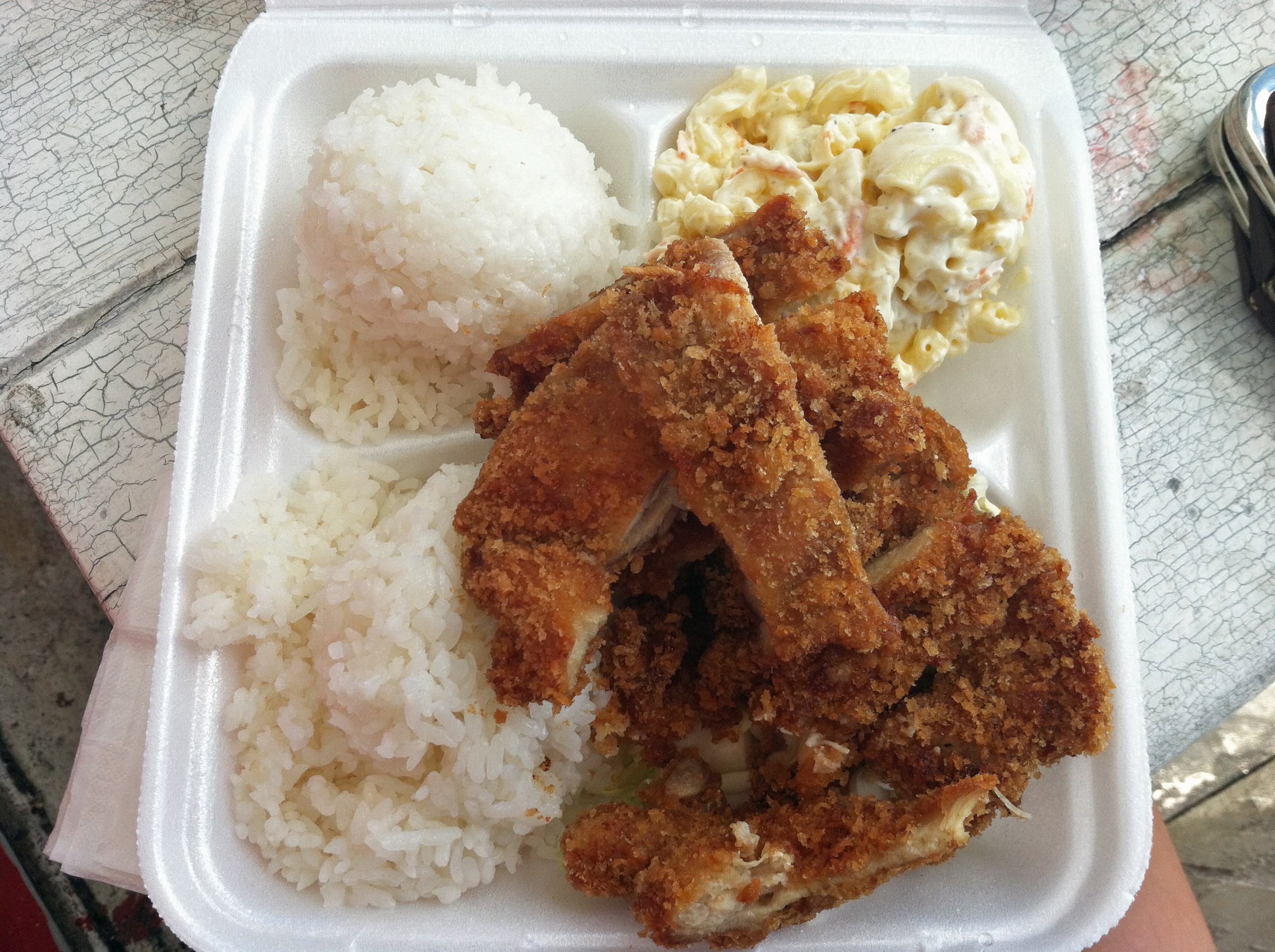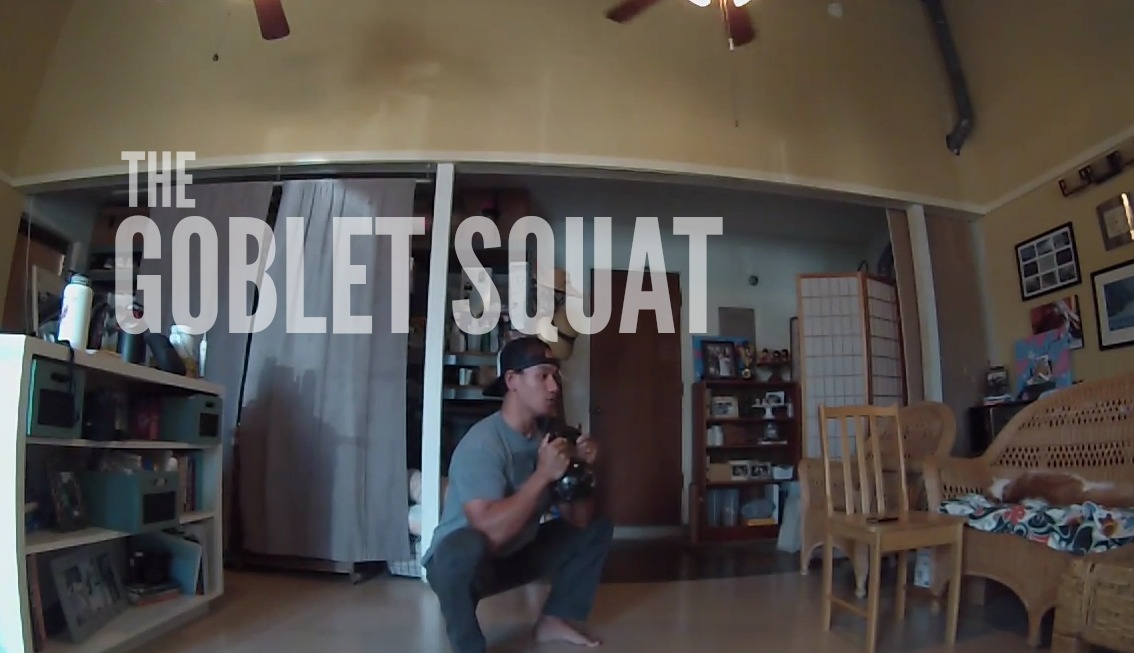Everything in your life is based around your habits. The work you do, your health, your finances, your fitness levels, and even how you dress are all a result of your habits.
How successful or unsuccessful you are? Habits.
When it comes to eating healthier and actually making it something that sticks you need to create new habits. Reading more diet books and trying diet plans from celebrities will not work unless you develop new habits of your own.
Think about…
There are some diet plans that make you do meal prep every Sunday, or has you create a point system like Weight Watchers, or tells you to stop eating for X amount of time and ONLY drink a damn “cleansing” shake, or take sugar completely out of your diet.
What you have to ask yourself, is if this is something sustainable? Can you have this a part of your daily lifestyle?
And…
How do you go about forming new habits in order to improve your overall lifestyle and performance in life?
When it comes to changing Habits, you are looking at changing a life long behavior that has been engrained in who you are. Your habits have shaped where you are today in life.
Want to improve your life and be stronger? Change your habits.
The 3 P’s of Habit Change
All the habits you have come from this pattern of 3 P’s – good or bad.
- Prompt: An event that triggers a behavior
- Practice: The action or behavior you take after the Prompt.
- Prize: The benefit you gain after going through with the behavior
For me to remember certain ideas, I like to keep it simple. I came up with the “3 P’s of Habit Change” but this sequence of habits is something I learned.
I first came across this in Charles Duhigg’s best-selling book, The Power of Habit, which blew my mind away because it made total sense. Then I came across something similar from one of my favorite bloggers and thinkers, James Clear.
So I knew it was something I had to reflect more about and think of how you can benefit from understanding these 3 P’s of Habit Change so that you can create a healthier and stronger life.
Duhigg uses, Routine, Reward, and Cue.
But to make things simpler and more memorable, I incorporated the “3 P’s” (noticed they all have ‘pr’?)
What do Habits Look Like?
All habits follow those three steps. Since we are talking about healthy eating habits, let’s breakdown habits with this example, lunchtime at work…
- Someone asks, “Ready for lunch?” (Prompt) You are sitting at work watching the time go by as you flip stare at your computer screen. Finally someone pops in and reminds you it’s lunch time. This is the initial trigger that causes a reaction.
- You walk go to the same plate lunch place (Practice) This is the routine you do every day. The behavior that has been caused by the prompt of lunchtime and walking there with your colleagues.
- You get the same plate lunch (Prize) The prompt and practice leads up to the moment when you receive your prize. This could be good or bad. The prize comes from going through the behavior. In this case, you get a good break from the monotony of the day, get to relax, and eat something comforting despite it being healthy or unhealthy. It feels good to you.
How you perceive the outcome of the Prize will dictate whether or not you will stick to that habit. If you keep going through the sequence over several days because you can continuously sense the prize coming – you have just created a habit. Congratulations.
But what if you have created unhealthy habits? Well, you will need to create healthy habits by breaking down what’s causing the unhealthy habits.
Welcome to self experimentation.
Self Awareness
You cannot create new habits without getting rid of the old habits you want to change. This means you must find the Prompts and Practices that cause you to go forth with unhealthy habits.
Diet is a touchy subject for people. I remember putting down an offer of a donut only to receive the meanest stink-eye and sarcastic comment as if I’d just said a really good ‘Yo Mama’ joke.
You must be honest with yourself when you want to create new habits. Looking for motivation and inspiration isn’t going to do much for you in this area and telling yourself that you will remember is only going to make you forget.
HOW TO CHANGE A BAD HABIT
There is no sense in creating new habits without being aware of the bad habits in the process. It’s not as simple as focusing on good habits because you will still be experiencing the Prompts and Practices of the bad habits.
Step 1: Find the Habit You Want to Change
I prefer to look at the end and work backwards. Think of that plate lunch you have at lunch.
This plate lunch kills your energy levels in the afternoon and all you want to do is sleep under a palm tree (a wise man once said, “Don’t sleep underneath coconut trees with coconuts on them, you may not wake up.”).
Now that you want to create healthier eating habits, it takes more than just saying you want a mini plate instead because you are going to be sitting there wishing you had a regular sized plate.
Step 2: What Practices Lead up to the “Prize”?
Maybe you take a certain route, do a certain dance, or maybe every afternoon you know you take a walk to a coffee shop for a blended coffee drink and pastry. Without a doubt, every day you find yourself doing the same thing. Even though you tell yourself that the next day you’ll get a regular coffee and a piece of fruit, you still go for the same order.
I used to be addicted to Monster Energy drinks before I went to the gym. Every time I went to the gym and saw Chevron, I pulled into the parking lot and picked up a Monster Drink. One day I told myself that I wasn’t going to get a Monster Drink. When I saw the same Chevron I passed every day, I felt the urge to turn into the parking lot.
When I passed it, I felt like my routine was off and I began to validate why I should turn around.
I did and the drink was glorious, but I felt guilty after. I’m sure you experienced something similar to that. This leads into step 3.
Step 3: Realizing the Prompt
In the case of my Monster addiction, going to the gym was my prompt and as a certified meat head that wasn’t going to change. I wasn’t going to stop going to the gym.
Duhigg wrote, “The reason why it is so hard to identify the cues (prompts) that trigger our habits is because there is too much information bombarding us as our behaviors unfold. Ask yourself, do you eat breakfast at a certain time each day because you are hungry? Or because the clock says 7:30? Or because your kids have started eating? Or because you’re dressed, and that’s when the breakfast habit kicks in?”
We are surrounded by triggers and that can be separated in different categories. Duhigg takes the research from psychologists and shares 5 categories that are found within a behavior:
- Location
- Time
- Emotional State
- Other People
- Immediately preceding action
When you are looking for that specific trigger that prompts a behavior it takes some time to find it because there are so many factors. It could be the time, what you are doing, where you are sitting, the people around you, and so on.
In order to diagnose your habit, you find what you are doing when your behavior (Practice) leads you into action towards your Prize.
The simple questions you can ask are (a la Duhigg):
- Where are you?
- What time is it?
- What’s your emotional state?
- Who else is around?
- What action preceded the urge?
Step 4: Create a Plan
Once you can break down the sequence of your habit, now you have a clear picture of where you need to focus.
Instead of going into a new diet and fighting against the constant urges, triggers, and routines that makes you carry out the unhealthy habits, become more aware of your habits. So if you know every lunch you’ll be headed a particular restaurant or drive-inn with your co-workers or alone, what Prompts and Practices need to be carried out for you to change up the end Prize.
Taking a homelunch? Suggesting a healthier option?
You can’t rely on the improving your willpower because that’ll drain your energy. Your brain can only handle so much willpower before it shuts down. And it’s even more than self-control. Within our days, many of us fall into autopilot and aren’t even in control.
You must create a plan to change a bad habit into a good habit.




